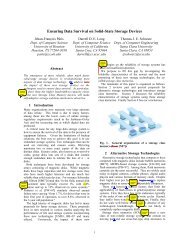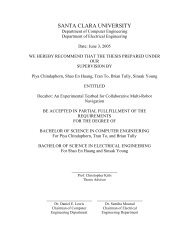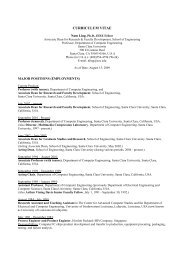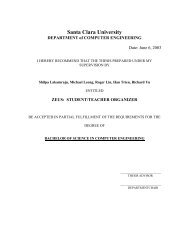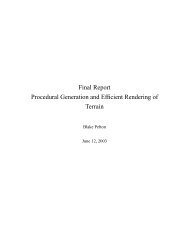Issues in Computer Forensics
Issues in Computer Forensics
Issues in Computer Forensics
Create successful ePaper yourself
Turn your PDF publications into a flip-book with our unique Google optimized e-Paper software.
It is recommended that first one copy be made from the orig<strong>in</strong>al drive and then<br />
the orig<strong>in</strong>al should be sealed away and handled as little as possible. It is important to<br />
record exactly to whom the orig<strong>in</strong>al drive has been entrusted to at each step, so that a<br />
future prosecution would be more successful. This first copy will now become the<br />
“orig<strong>in</strong>al” from which other copies can be made and exam<strong>in</strong>ed. This is done to ensure as<br />
little handl<strong>in</strong>g with the true orig<strong>in</strong>al as possible. Once the orig<strong>in</strong>al is copied and safely<br />
secured, the <strong>in</strong>vestigation can beg<strong>in</strong>.<br />
Look<strong>in</strong>g <strong>in</strong>to the Logs<br />
The most useful piece of evidence that can help piece together the events are the<br />
system’s logs. Both UNIX and W<strong>in</strong>dows are capable of logg<strong>in</strong>g important events and<br />
their details as they occur and they should always be turned on long before an <strong>in</strong>trusion<br />
occurs. The more logs that there are available, the clearer the picture of events will be.<br />
One very useful k<strong>in</strong>d of log is a log<strong>in</strong> log, or connection log. These logs tell<br />
precisely every connection attempt that is made by record<strong>in</strong>g the precise date, time, the<br />
network IP address of the computer that is attempt<strong>in</strong>g to log <strong>in</strong>, and the result of each<br />
log<strong>in</strong>. These logs usually show the very first signs of unusual behavior, for example when<br />
an unknown address is attempt<strong>in</strong>g to connect to an unusual port number or when multiple<br />
unsuccessful attempts are made to log<strong>in</strong> to a specific account.<br />
If an <strong>in</strong>truder has successfully logged <strong>in</strong>to the system with an account, the system<br />
can also keep a shell command history, which can show exactly what each user typed <strong>in</strong>to<br />
the shell at what time. This is very useful <strong>in</strong> try<strong>in</strong>g to figure out what the hacker was<br />
try<strong>in</strong>g to do with the system (e.g. which files he/she accessed or modified), but<br />
16



